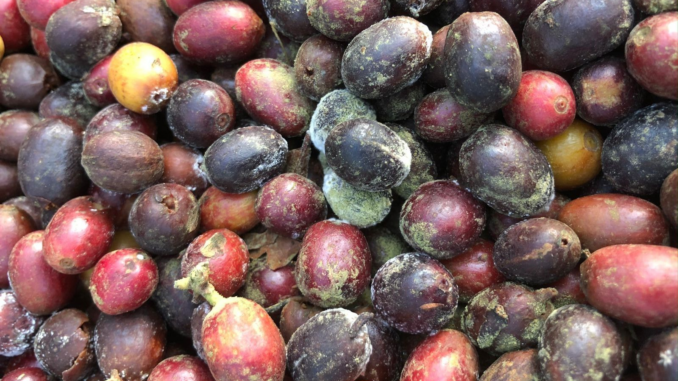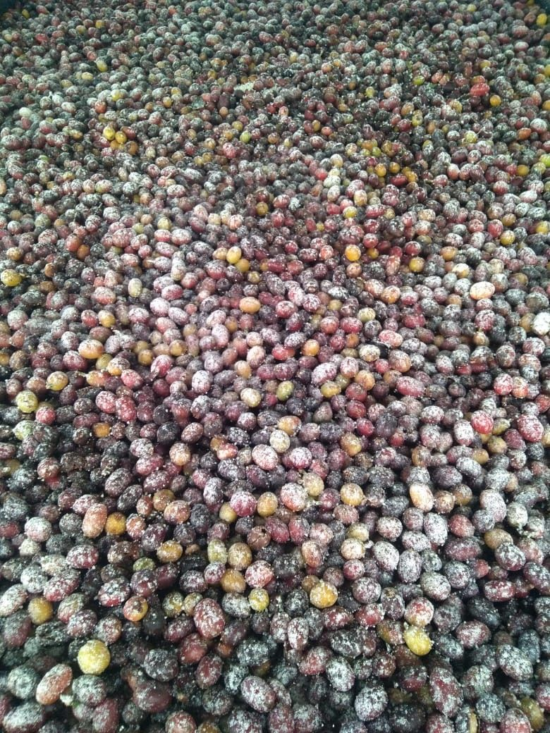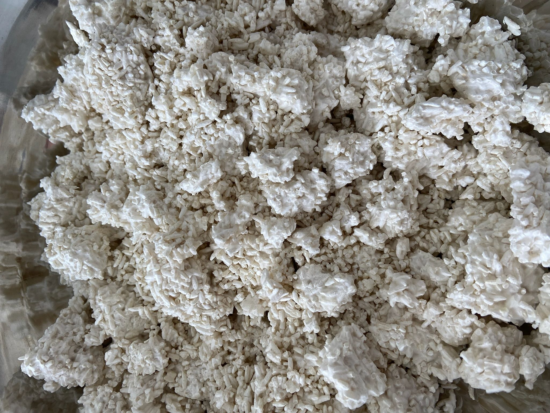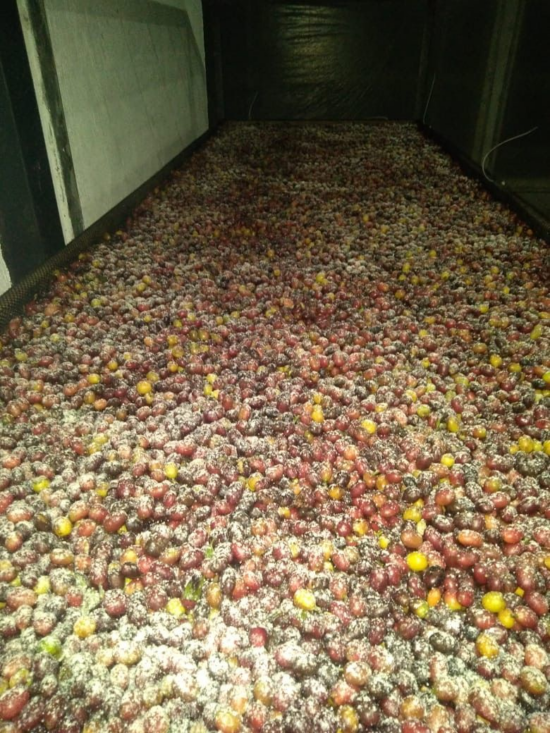
Continuing our series on coffee processing, we learn about koji fermentation, a unique process usually associated with the brewing of sake.
BY TANYA NANETTI
SENIOR ONLINE CORRESPONDENT
Photos courtesy of Forest Coffee
If brewed properly, a cup of coffee can offer countless variations of flavor and aroma. The quality and complexity of these attributes depend on many different aspects of the brewed coffee: Variety, country of origin, terroir, fermentation, and roasting style are just some of the things that can profoundly affect the final cup.
Among the many different types of innovative fermentation, one of the most interesting is koji fermentation. Usually associated with the brewing of sake, koji is a beneficial fungus that gives fermented coffee unique characteristics.

Meet Elias Bayter
Elias Bayter is currently in charge of processing at the El Vergel farm in Tolima, Colombia, and is head of the consulting part of green coffee company Forest Coffee. Elias has been working in coffee for more than 12 years, focusing on the study of processing from the beginning.
The koji fermentation protocol was developed by longtime coffee professional and researcher Christopher Feran, who worked with Elias to execute the process. And bringing it to the world stage was Finnish Barista Champion Kappa Paavolainen, who competed with coffee that had undergone koji fermentation. For a deep dive into what went into that coffee and performance, see Christopher’s post, “Coffee, Koji, and Kaapo’s WBC Routine (or: the Koji Supernatural Process).“
What Is Koji?
“Koji is the fungus that is used to define the flavor of many of the basic ingredients of Japanese cuisine, such as soy sauce, miso, or rice vinegar,” says Elias, whose observations from the trials can be found here . “To work, koji spores are mixed with a steamed base ingredient and left to act, transforming the starch into sugar and releasing a variety of fatty acids and amino acids ideal for the production of sake or soy sauce, for example.”
But in coffee fermentation, koji spores act differently. “Instead of producing alcohol, carbon dioxide, or organic acids, koji has the ability to transmit its substrate in a different way to the yeasts or bacteria used in the usual coffee fermentations,” Elias says. “Depending on the variables used in each fermentation, the koji transforms the sugar starch, making the most of the sugars naturally present in each bean, (which makes) Koji-based fermentation a unique type of process.”
Unlike classic coffee fermentation processes, koji fermentation doesn’t start with coffee beans, but with the koji fungus and rice.

How It Works
“The process begins by harvesting the koji mushroom in rice, which is crushed to generate a powder,” Elias shares. “Only at this point (does it begin) a process similar to a normal coffee fermentation, where the mature coffee harvests are collected, floated, and separated; then the coffee beans (are poured) into plastic containers that do not exceed 5 cm in height, ensuring that the coffee is uniform. In this way, we provide air to the fruits, because this is an aerobic fermentation. At this moment, the koji spores are poured evenly over the cherries. It should be noted, however, that (it) will take at least 24 to 72 hours for the koji to develop on the fruit and work its magic. Subsequently, the coffee with the spores of the fungus is dried in silos to avoid the decomposition of the coffee cherries … the drying process should be slow and gradual, (and) the temperature should not exceed 34ºC.”

A Sweet Finish
Such a unique fermentation results in a coffee that typically will have more body, more sweetness, and a long aftertaste. “In short,” Elias concludes, “the fermentation of coffee with koji spores is able to bring out sugars in the coffee that are impossible to achieve in conventional fermentation, which helps to give the coffee its extreme sweetness and pleasant aftertaste.”

ABOUT THE AUTHOR
Tanya Nanetti (she/her) is a specialty-coffee barista, a traveler, and a dreamer. When she’s not behind the coffee machine (or visiting some hidden corner of the world), she’s busy writing for Coffee Insurrection, a website about specialty coffee that she’s creating along with her boyfriend.

